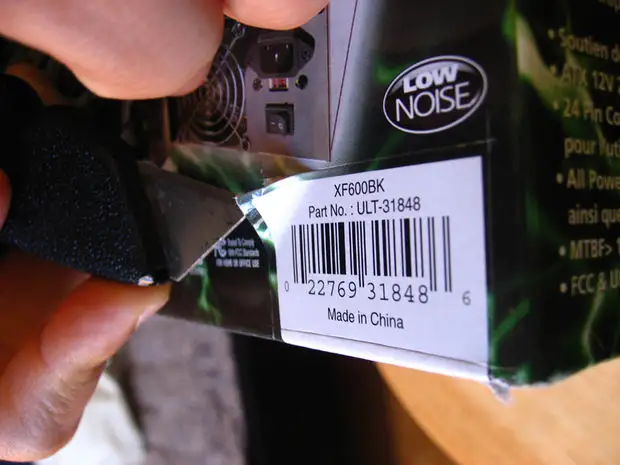Introduction of UPC-A Barcodes in Barcode Generator Software

There are more than one hundred barcode types in barcode generation software, among which is UPC-A commodity barcode.UPC-A barcode is the more commonly used and widely recognized barcode type in the United States. The UPC-A barcode was developed by the Uniform Grocery Product Code Council in conjunction with IBM and has been in use since 1974. The first UPC barcode to be scanned was a pack of Wrigley's Fruit flavored gum. This pack of gum was later displayed in the Smithsonian.
1、What are the advantages of using UPC-A barcodes?
UPC-A barcodes are short, widely used, and can be read with almost any standard reader. In addition, the check digit prevents accidental errors, especially when barcodes are entered manually. The first 11 bits are calculated in a specific way using mathematical formulas to arrive at the last bit. So, if the check digit does not match the other digits generated, an error is immediately detected.
When you use barcode generation software to generate UPC-A barcode, you only need to input the first 11 digits, and the last check digit will be calculated automatically by the software, so it is easy to operate and you don't need to calculate it separately.
2、UPC-A bar code specification.
UPC-A barcode is composed of 12 bits. The beginning is a single-digit system character, indicating the classification of the barcode: general product, weighted item, drug, discount, etc. This is followed by a five-digit manufacturer code, followed by a five-digit product code, and finally a check digit. Each bit is represented by a unique identification style with two stripes of different widths and two spaces. In addition to numbers, no letters or other special characters can be used.
3、What are the disadvantages of UPC-A bar code?
The 12-bit system of UPC-A barcodes provides a small and limited encoding method, which is especially suitable for supermarkets and retail areas, but less suitable for other scanning and identification.